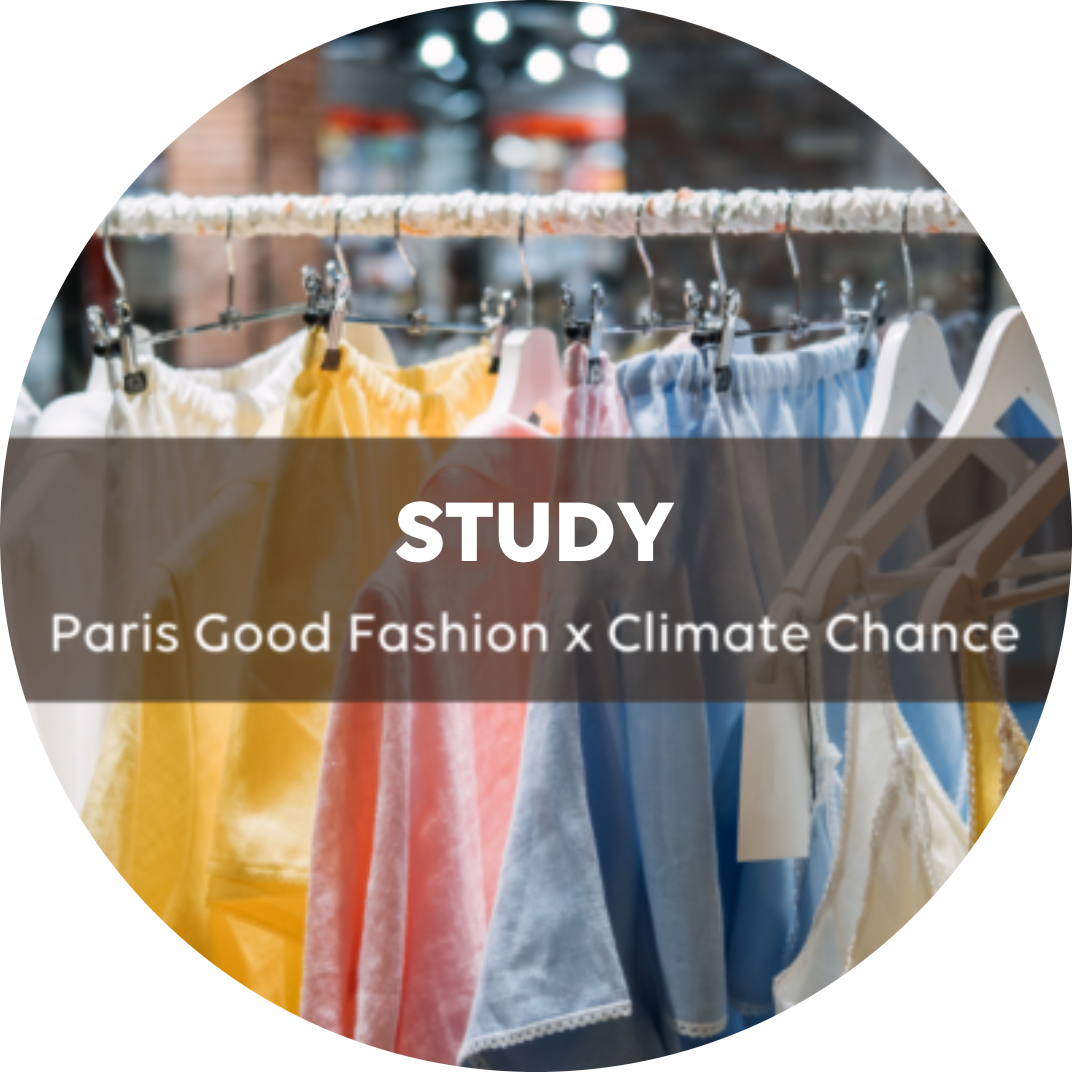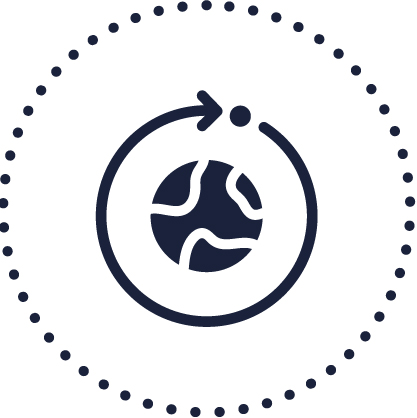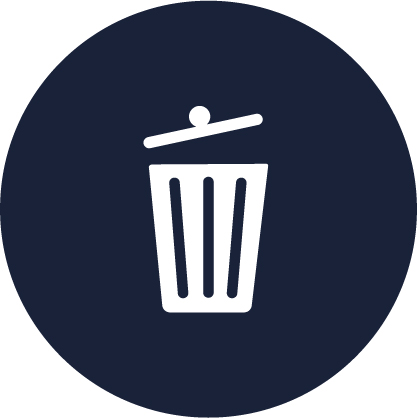Sustainability • Status of the french fashion industry
A first study, conducted by Paris Good Fashion x Climate Chance, on the strategies and actions of 24 companies, French fashion actors, in terms of sustainable development, around major issues: climate, circular economy, water, biodiversity and social.

It is the first time that 24 French companies have agreed to share their data with the aim of successfully highlighting the progress, vision, strategies, and actions of French fashion actors in terms of sustainable development and CSR.
Methodology
From April 2022 to April 2023 : 50 qualitative interviews with brands, distributors, and ecosystem experts, followed by data analysis of 24 players (including 23 members of Paris Good Fashion, plus Decathlon). Only the consolidated results are communicated.
Key qualitative findings
- The acceleration of change in the industry is confirmed, propelled by global warming and its impacts, French and European legislative frameworks, activist interventions, and consumer and investor demands. As part of the European Green Deal, all industries are called upon to join the 1.5°C trajectory of the Paris Agreement, and fashion is singled out.
- The particularity of fashion industry is that it is predominantly family-owned. This translates into a strong commitment of the management in favor of the change.
- The recognition of the CSR function at the highest level and the good results achieved are counterbalanced by questions from all sides, the scale of the task, the multiplication of economic and legislative injunctions and the difficulty of the decisions to be taken.
- One of the particularities of the fashion industry, which partly explains the fascination it arouses but also the difficulty it generates, is the complexity of its value chain, impacting the environment and posing risks to human rights.
Climate : Real progress to be intensified
- The transparency of actors on their climate impact is progressing, but the level of maturity of the approaches is uneven.
- While, on average, indirect emissions (Scope 3) – before and after of the company’s activity – represent more than 90% of reported emissions, most climate transition plans tend to focus on Scopes 1 and 2 in the short term (2030).
- The quality, temporality, and scope of the targets are extremely variable and do not allow for comparison or aggregation.
- As in other sectors, the textile industry is still struggling to formulate climate transition plans that meet the long-term challenges (2050 horizon).
- The levers for reducing direct emissions are well identified, notably through the supply of electricity from renewable sources, the reduction of transport and logistics needs, and the energy efficiency of offices and points of sale. The most effective levers for reducing emissions upstream and downstream of the activity are with suppliers, consumers and end-of-life actors.
Circular economy : a priority for all
- Eco-design, the necessary transparency and traceability throughout the value chain are at the heart of the players’ strategies.
- Two approaches are clearly identified to reduce the impact of fiber production: the incorporation of recycled materials, and the use of organic farming.
- Among the circular economic models, the panel members favor the combination of e-commerce and second-hand products. A few retailers are trying their hand at a rental, for short-lived or occasional-use garments, while repair services are developing but are still mostly outsourced.
- Most of the players are involved in working groups (Paris Good Fashion, Bali Chair) and/or on the board of directors and in the new stakeholder committee of the eco-organization Refashion to strengthen the deployment of the extended producer responsibility (EPR) textile sector in France.
- Actors are investing in the reduction or elimination of packaging for products on sale, and promoting the use of recycled materials for their packaging.
Water : a commitment to expand
- On a global scale, the fashion industry consumes 4% of the world’s fresh water and is responsible for 20% of industrial water pollution. The fight against water pollution and the reduction of its consumption is a subject which, although not yet a priority in the agendas of CSR managers, should become more important in the coming months.
- Overall, while the number of companies reporting annually on their water-related risks and impacts is increasing, the integration of these issues into the textile sector’s strategies remains limited.
- Due to the nature of the sector’s supply chains, the most significant impacts on water are concentrated up and down the chains, leaving less scope for direct action.
- The water reduction targets and commitments of the companies surveyed are most often included in broader « eco-design » or « eco-responsibility » objectives.
- The actions implemented are also largely focused on sourcing more « responsible » raw materials and on improving transformation processes
- Plastic pollution by synthetic microfibres is a major issue that is of equal interest to scientists and the press.
Biodiversity : an action to be shared between the players
- Taking into account the impact of the textile industry on biodiversity requires first of all examining the complex and multidimensional effects of each stage of its value chain on the different ecosystems.
- Upstream in the supply chains, the risks to biodiversity are mostly concentrated in the production of raw materials; textile waste can also pose risks to biodiversity.
- In our sample, actions are largely focused on limiting risks in the value chain (production, animal welfare) in the transformation (dyeing, washing, tanning, etc.) and raw material production processes.
Social : Dialogue with stakeholders
- In this area, the data is still not very explicit. The 24 actors, by law, comply with labor law in France and Europe and are respect international labor law and support the Sustainable Development Goals (SDG 8 decent work, SDG 5 gender equality).
- They are subject to the duty of vigilance with proof of risk studies, results and corrective measures. They rely on social audits, field checks and long-term relationship/trust to ensure compliance in their value chain.



